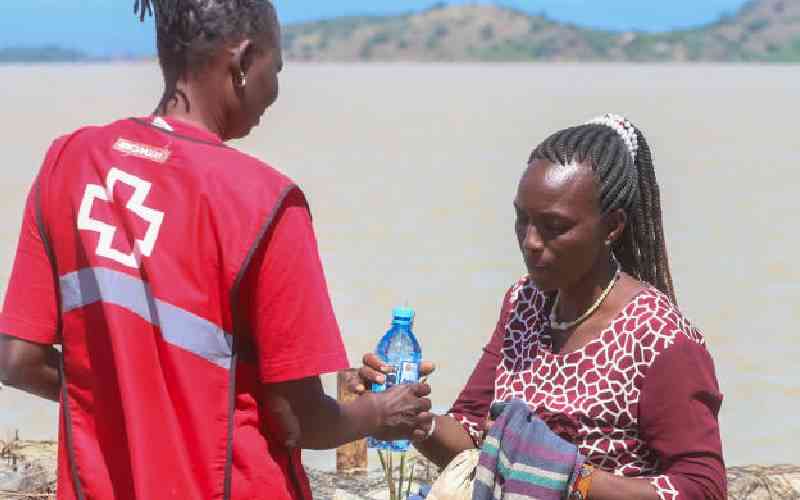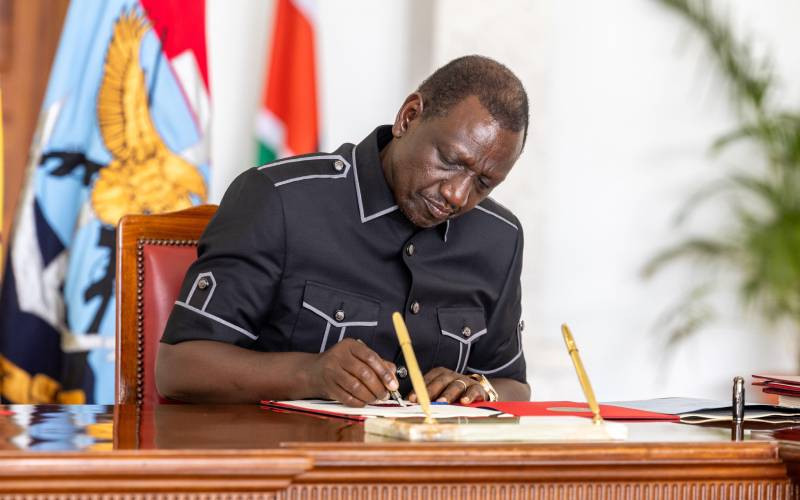By GATONYE GATHURA
Kenya: The cost of financing the fight against HIV will more than double in the next six years from about Sh43 billion annually to Sh93 billion, a burden that could soon be shifted from donors to Kenyans.
Currently, Kenyans are meeting only an insignificant cost of the epidemic, with more than 90 per cent of the money being paid for by the American government.
An own audit of a five-year HIV programme, implemented by the National Aids Control Council (NACC) and released in Nairobi yesterday, says it is time the State took decisive and firm action on funding HIV from local sources.
If their recommendations are adopted, then mobile phone users, air travellers and Kenyans in the Diaspora could pay more in special taxes to pay for the disease.
This, NACC says, is necessary because if donors were to pull out for whatever reason, the results would be catastrophic especially in the purchase of medicines where the country is totally dependent on alms.
The report, which makes a strong plea to have NACC turned into an independent body with authority over all Aids matters, shows the council’s displeasure in the Government’s move to put it in the Ministry of Health.
By and large, the audit tells of five years of mixed fortunes having failed to meaningfully reduce the number of new HIV infections in the country.
This means despite the disease having killed more than 1.7 million Kenyans to date, people are still engaging in risky sexual behaviour.
During the audit period, new infections, though going down by 19 per cent against a projected 50 per cent, were still significantly worrying, with the biggest contributors being married couples or those living in steady relationships.
SERIOUS CONCERNS
But even more worrying, the report led by Prof Nana Poku shows serious concerns over the amount of blood being transfused without any guarantee it has been screened for HIV or other disease-causing organisms.
While the National Blood Transfusion Service collects and screens all its blood, it only covers 33 per cent of the country’s requirements, the report says. Further, 2.5 per cent of infections were acquired from medical facilities.
NACC pats itself on the back for putting a huge number of HIV-positive people on medication and scaling up male circumcision, especially in Nairobi and Kisumu counties.
However, it does not show any link between the male cut and a reduction in HIV prevalence. Putting more people on medication, the report says, has resulted in new problems, including pressure on health facilities and a shortage of medical workers.
Stay informed. Subscribe to our newsletter
To effectively meet demand, the audit says the health system requires an additional 20,000 doctors at a time when there is an exodus of health workers from the public sector.
 The Standard Group Plc is a
multi-media organization with investments in media platforms spanning newspaper
print operations, television, radio broadcasting, digital and online services. The
Standard Group is recognized as a leading multi-media house in Kenya with a key
influence in matters of national and international interest.
The Standard Group Plc is a
multi-media organization with investments in media platforms spanning newspaper
print operations, television, radio broadcasting, digital and online services. The
Standard Group is recognized as a leading multi-media house in Kenya with a key
influence in matters of national and international interest.
 The Standard Group Plc is a
multi-media organization with investments in media platforms spanning newspaper
print operations, television, radio broadcasting, digital and online services. The
Standard Group is recognized as a leading multi-media house in Kenya with a key
influence in matters of national and international interest.
The Standard Group Plc is a
multi-media organization with investments in media platforms spanning newspaper
print operations, television, radio broadcasting, digital and online services. The
Standard Group is recognized as a leading multi-media house in Kenya with a key
influence in matters of national and international interest.







